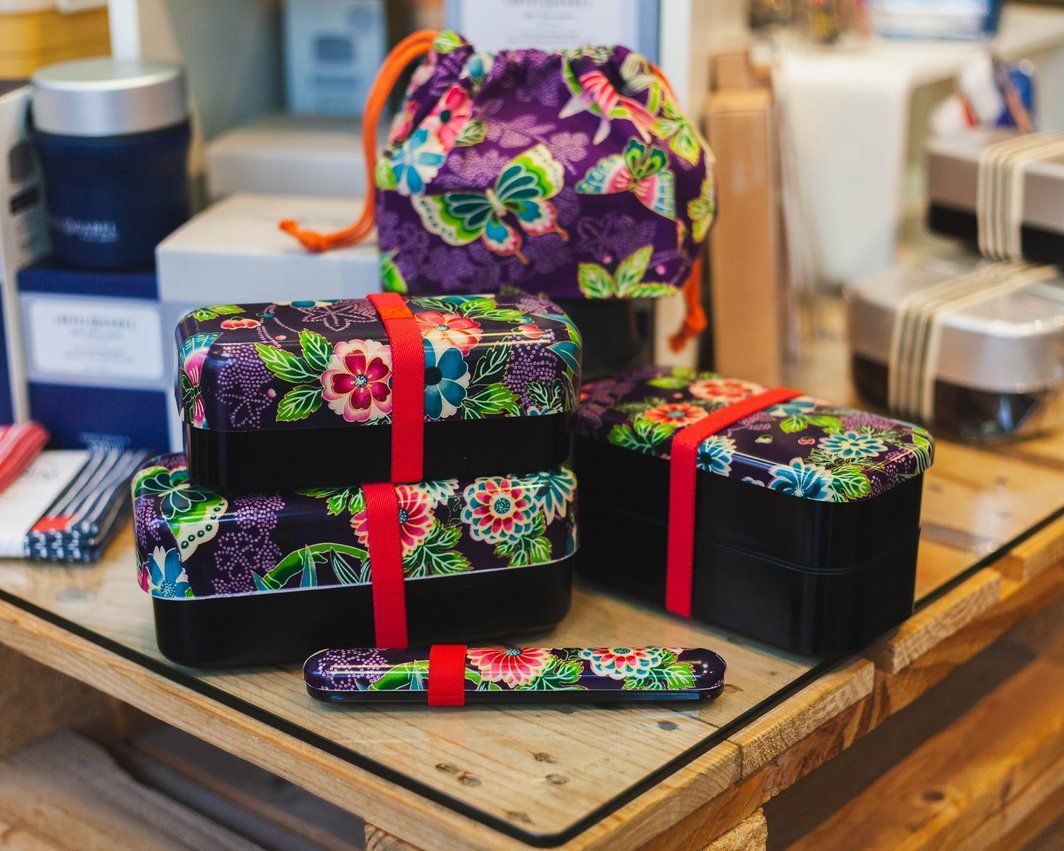Wondering how you can expand your online store to Japan?
Let's get started.
The E-commerce market in Japan presents a huge opportunity for international sellers as it is the third largest market in the world, representing a revenue of $105 billion and a growth rate of 26% in 2020. The market is predicted to grow to $135.5 billion by 2024. Together with this data, we found that under the pandemic circumstance, the emerging EC platform, Shopify, is considered the biggest growth E-commerce platform in Japan with a 350% transaction during last year Black Friday-Cyber Monday event based on Asian Nikkei news reported in 2020.
It seems like there is still a lot of room to grow for the e-commerce business focusing Japanese consumers. Though, expanding in Japan isn’t a walk in the park since the online sellers have to face many difficulties in understanding the consumers’ unique preferences as well as obstacles in contacting local carriers when entering Japan’s E-commerce market. It requires you to master the challenges of this single-language culture and society with a unique way of cash payment.
Here are some TIPS to help you expand your Shopify store in Japan
1) Selling in Japanese yen by using Geolocation app
To increase your sales in Japan, it is essential to develop a seamless online store visit experience for the Japanese buyers. Geolocation app is one of the tools to help you achieve that goal.
Here’s the one we suggest: Geolocation App
Geolocation app is an app that lets your visitors select their country and language as well as helps make language and country recommendations to online store buyers based on their geographic location. With this app, your online store’s buyers can view your store in their preferred language as well as checkout in their preferred currency. Especially when you target Japanese buyers, offering the product price in Japanese yen will help them make a purchase decision faster.
Setting up is a piece of cake (no coding required) since the app will automatically detect and match your online store’s theme colors and allow you to preview your online store before launching this plug-in feature.
You can simply plug in this Geolocation app from your Shopify store’s admin page. Then, what needs to be done is to set up your store to support selling in multiple languages and in multiple currencies in the regions that support Shopify payment.
2) Translating online store’s content into Japanese
Targeting Japanese consumers may require some effort to make the store contents as easy as possible so that Japanese buyers can make a quicker purchase decision without the language barrier.
If your Shopify store does not support the local language, there is a likelihood that Japanese buyers will not fully understand your content and say ‘sayonara’ to your store.
However, this problem can be solved by enabling multiple languages from the admin page of the Shopify store and the store contents can be translated by the compatible translation solution available in the Shopify App store. Those apps will help you adapt your Shopify checkout process to be more Japanese user-friendly. On the other hand, you can also fully localize your store by creating a different Shopify store to mainly target the Japanese customers. By doing so, it will be easier for you to recognize customers’ specific needs and habits and personalize the shopping experience to match their preferences.
Then, Japanese users can browse stores, checkout, and receive the notification easier in their preferred language.
3) Fulfilment in Japan: Solution for the e-commerce sellers in Japan
E-commerce fulfilment in Japan can be quite difficult for those who’re new to the market. Getting an order delivered to buyers, E-commerce shop owners have to manage several tasks including managing inventory, processing order, packing, label printing, and shipping.
Japanese customers are very concerned about the delivery process of products. In this case, you can use reliable domestic carriers such as Sagawa Express, and Yamato Transport (Kuroneko).
After receiving an order, in the usual process, you can ship your products by visiting the carriers’ offices or requesting the parcel pick-up service. Then, after the parcel is shipped, you can input the tracking number manually, fulfill your order and send notification to the buyers.
We know how time-consuming this shipping process can be for the online sellers so that’s where Ship&co services come in.
Ship&co is the only one solution in Japan, helping you connect your stores and Japanese carrier accounts to print the Shipping label. By plugging in Ship&co to your Shopify store, you can print shipping labels for each order in 1 click and automatically mark shipment as fulfilled & send tracking numbers to your shop. With Ship&co, you can reach more Japanese customers easier and if you ship from abroad, DHL and FedEx would be great partners for your delivery in Japan.
Click here to start a 14-day free trial !
4) Cash-on-delivery service & Konbini payment
Japan is a cash-oriented society, although it is moving forward to digitalization. Still, cash payment covers a significant 13 percent of total online transactions in Japan. EC sellers need to understand Japanese customers’ payment habits and their preferable payment gateway in order to avoid troubles when approaching Japanese market.
Two main payment methods you may need to know here are cash-on-delivery payment and Konbini payment.
Cash on delivery (COD) sounds like an outdated payment form in the global E-commerce market, but that doesn’t apply to Japanese market. It is one popular payment method in Japanese E-commerce system, allowing customers to pay at the door when receiving the purchased items from online stores. It helps reduce their concern on putting their personal information online.
Another word to know is ‘Konbini’ payment. In Japanese, Konbini means convenience store. The Konbini payment system is one dominant form of payment used by Japanese. With over 50,000 konbini across Japan, buyers can just visit the nearby branch to pay safely and quickly by cash.
However, while COD payment is possible by completing the cash-on-delivery agreement with your domestic shipping carrier, Konbini payment requires you some additional tasks. To make that payment option available on Shopify, we suggest you try ‘KOMOJU’ payment service. This application enables you to set a convenience store payment system work by installing KOMOJU plugin to your store. All you need to decide is the amount to be displayed to customers who will use this form of payment and refund method. Check out steps to integrate KOMOJU service to your Shopify store here.
Source: https://tech.degica.com/en/2017/03/21/konbini-on-shopify/
In today’s competitive landscape, customers prefer to have a range of alternatives, especially their familiar ones. So, adding COD payment and Konbini payment option to your store will lead to a more suitable checkout experience in your online store as well as a good start for you to gain more Japanese customers in the long-term.
Then, good luck with your shipping in Japan!
About Ship&co
Ship&co is a global shipping platform designed by and for e-commerce sellers. Created by the team behind Bento&co, who have been selling on Shopify since 2008, Ship&co provides a simple and easy-to-use web dashboard and shipping API. Ship&co helps online sellers ship packages faster by automatically syncing orders and creating shipping labels and invoices in minutes. With Ship&co, you can create shipping labels for FedEx, UPS, DHL, NinjaVan, Yamato, Sagawa, and more, with just two clicks to complete the process and mark your orders as shipped. For more information on Ship&co, visit shipandco.com or reach out to us via [email protected] !


